Form W-8BEN-E (Rev. 10-2021) |
Page 3 |
Part V |
Certified Deemed-Compliant Nonregistering Local Bank |
|
18 |
I certify that the FFI identified in Part I: |
|
•Operates and is licensed solely as a bank or credit union (or similar cooperative credit organization operated without profit) in its country of incorporation or organization;
•Engages primarily in the business of receiving deposits from and making loans to, with respect to a bank, retail customers unrelated to such bank and, with respect to a credit union or similar cooperative credit organization, members, provided that no member has a greater than 5% interest in such credit union or cooperative credit organization;
•Does not solicit account holders outside its country of organization;
•Has no fixed place of business outside such country (for this purpose, a fixed place of business does not include a location that is not advertised to the public and from which the FFI performs solely administrative support functions);
•Has no more than $175 million in assets on its balance sheet and, if it is a member of an expanded affiliated group, the group has no more than $500 million in total assets on its consolidated or combined balance sheets; and
•Does not have any member of its expanded affiliated group that is a foreign financial institution, other than a foreign financial institution that is incorporated or organized in the same country as the FFI identified in Part I and that meets the requirements set forth in this part.
Part VI |
Certified Deemed-Compliant FFI with Only Low-Value Accounts |
19 |
I certify that the FFI identified in Part I: |
•Is not engaged primarily in the business of investing, reinvesting, or trading in securities, partnership interests, commodities, notional principal contracts, insurance or annuity contracts, or any interest (including a futures or forward contract or option) in such security, partnership interest, commodity, notional principal contract, insurance contract or annuity contract;
•No financial account maintained by the FFI or any member of its expanded affiliated group, if any, has a balance or value in excess of $50,000 (as determined after applying applicable account aggregation rules); and
•Neither the FFI nor the entire expanded affiliated group, if any, of the FFI, have more than $50 million in assets on its consolidated or combined balance sheet as of the end of its most recent accounting year.
Part VII |
Certified Deemed-Compliant Sponsored, Closely Held Investment Vehicle |
20Name of sponsoring entity:
21 |
I certify that the entity identified in Part I: |
•Is an FFI solely because it is an investment entity described in Regulations section 1.1471-5(e)(4);
•Is not a QI, WP, or WT;
•Will have all of its due diligence, withholding, and reporting responsibilities (determined as if the FFI were a participating FFI) fulfilled by the sponsoring entity identified on line 20; and
•20 or fewer individuals own all of the debt and equity interests in the entity (disregarding debt interests owned by U.S. financial institutions, participating FFIs, registered deemed-compliant FFIs, and certified deemed-compliant FFIs and equity interests owned by an entity if that entity owns 100% of the equity interests in the FFI and is itself a sponsored FFI).
Part VIII |
Certified Deemed-Compliant Limited Life Debt Investment Entity |
22 |
I certify that the entity identified in Part I: |
•Was in existence as of January 17, 2013;
•Issued all classes of its debt or equity interests to investors on or before January 17, 2013, pursuant to a trust indenture or similar agreement; and
•Is certified deemed-compliant because it satisfies the requirements to be treated as a limited life debt investment entity (such as the restrictions with respect to its assets and other requirements under Regulations section 1.1471-5(f)(2)(iv)).
Part IX |
Certain Investment Entities that Do Not Maintain Financial Accounts |
23 |
I certify that the entity identified in Part I: |
•Is a financial institution solely because it is an investment entity described in Regulations section 1.1471-5(e)(4)(i)(A), and
•Does not maintain financial accounts.
Part X Owner-Documented FFI
Note: This status only applies if the U.S. financial institution, participating FFI, or reporting Model 1 FFI to which this form is given has agreed that it will treat the FFI as an owner-documented FFI (see instructions for eligibility requirements). In addition, the FFI must make the certifications below.
24a (All owner-documented FFIs check here) I certify that the FFI identified in Part I:
•Does not act as an intermediary;
•Does not accept deposits in the ordinary course of a banking or similar business;
•Does not hold, as a substantial portion of its business, financial assets for the account of others;
•Is not an insurance company (or the holding company of an insurance company) that issues or is obligated to make payments with respect to a financial account;
•Is not owned by or in an expanded affiliated group with an entity that accepts deposits in the ordinary course of a banking or similar business, holds, as a substantial portion of its business, financial assets for the account of others, or is an insurance company (or the holding company of an insurance company) that issues or is obligated to make payments with respect to a financial account;
•Does not maintain a financial account for any nonparticipating FFI; and
•Does not have any specified U.S. persons that own an equity interest or debt interest (other than a debt interest that is not a financial account or that has a balance or value not exceeding $50,000) in the FFI other than those identified on the FFI owner reporting statement.
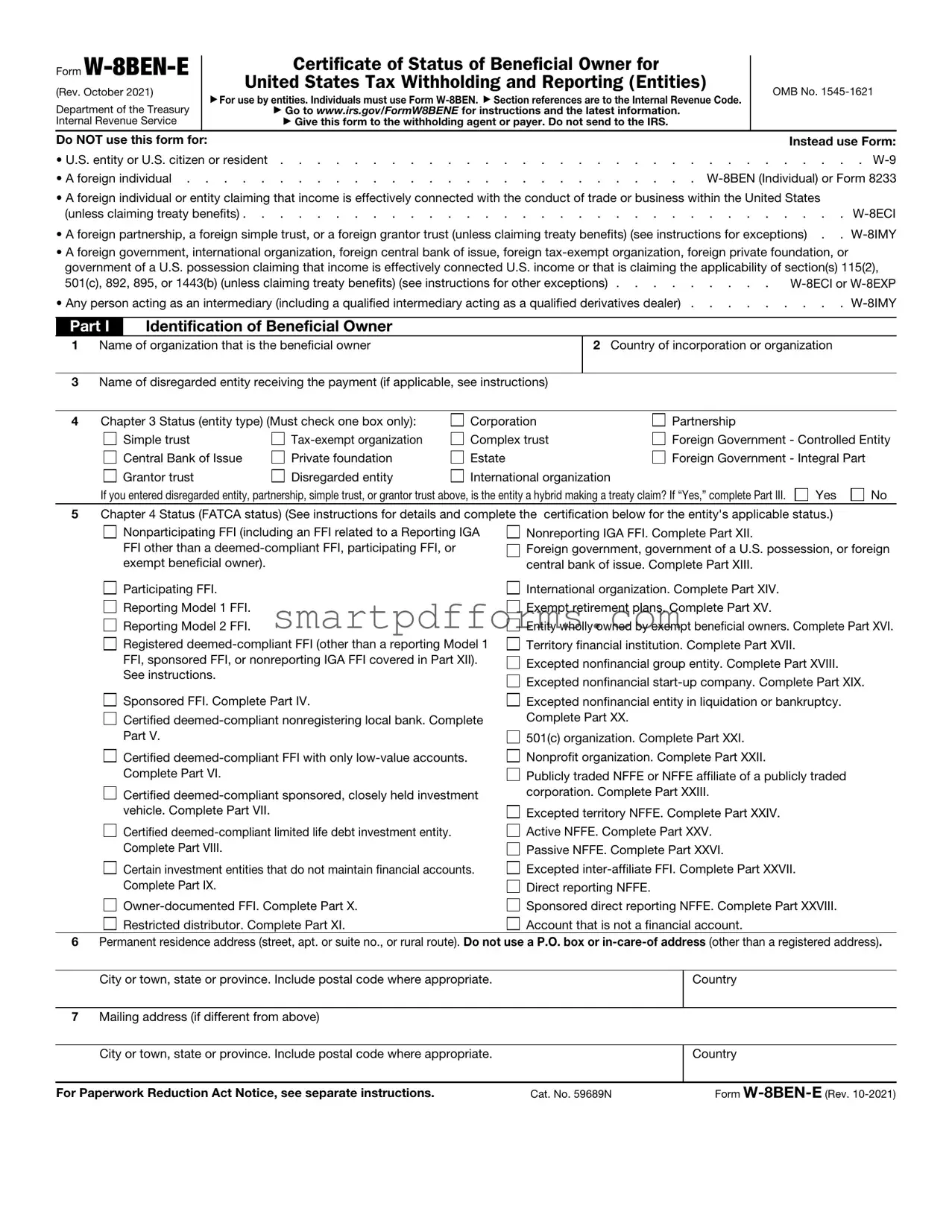
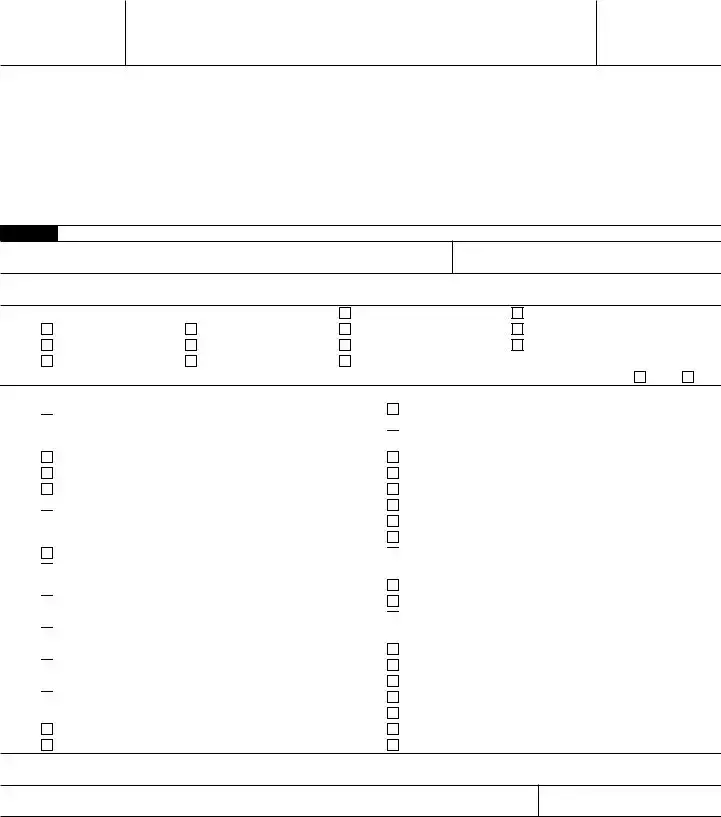

 Nonparticipating FFI (including an FFI related to a Reporting IGA FFI other than a
Nonparticipating FFI (including an FFI related to a Reporting IGA FFI other than a 
 Foreign government, government of a U.S. possession, or foreign central bank of issue. Complete Part XIII.
Foreign government, government of a U.S. possession, or foreign central bank of issue. Complete Part XIII.
 Registered
Registered 
 Certified
Certified 
 Certified
Certified 
 Certified
Certified 
 Certified
Certified 
 Certain investment entities that do not maintain financial accounts. Complete Part IX.
Certain investment entities that do not maintain financial accounts. Complete Part IX.
 Excepted nonfinancial entity in liquidation or bankruptcy. Complete Part XX.
Excepted nonfinancial entity in liquidation or bankruptcy. Complete Part XX.
 Publicly traded NFFE or NFFE affiliate of a publicly traded corporation. Complete Part XXIII.
Publicly traded NFFE or NFFE affiliate of a publicly traded corporation. Complete Part XXIII.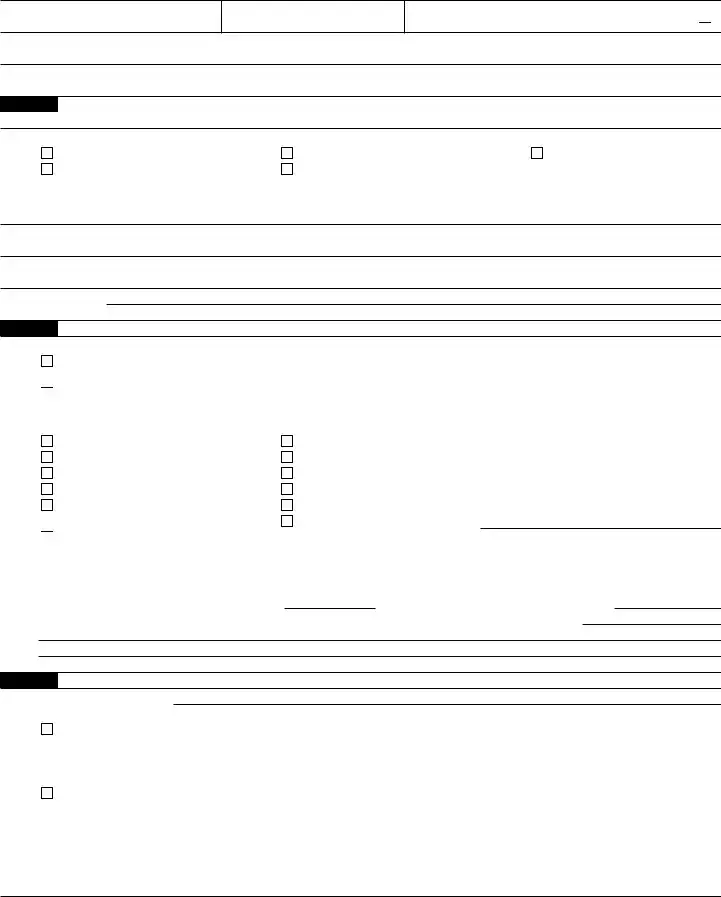



 The beneficial owner derives the item (or items) of income for which the treaty benefits are claimed, and, if applicable, meets the requirements of the treaty provision dealing with limitation on benefits. The following are types of limitation on benefits provisions that may be included in an applicable tax treaty (check only one; see instructions):
The beneficial owner derives the item (or items) of income for which the treaty benefits are claimed, and, if applicable, meets the requirements of the treaty provision dealing with limitation on benefits. The following are types of limitation on benefits provisions that may be included in an applicable tax treaty (check only one; see instructions): The beneficial owner is claiming treaty benefits for U.S. source dividends received from a foreign corporation or interest from a U.S. trade or business of a foreign corporation and meets qualified resident status (see instructions).
The beneficial owner is claiming treaty benefits for U.S. source dividends received from a foreign corporation or interest from a U.S. trade or business of a foreign corporation and meets qualified resident status (see instructions).




 I certify that the FFI identified in Part I has provided, or will provide, an auditor's letter, signed within 4 years of the date of payment,
I certify that the FFI identified in Part I has provided, or will provide, an auditor's letter, signed within 4 years of the date of payment,
 I certify that the entity identified on line 1 is a trust that does not have any contingent beneficiaries or designated classes with unidentified beneficiaries.
I certify that the entity identified on line 1 is a trust that does not have any contingent beneficiaries or designated classes with unidentified beneficiaries. Has been bound by a distribution agreement that contained a general prohibition on the sale of debt or securities to U.S. entities and U.S. resident individuals and is currently bound by a distribution agreement that contains a prohibition of the sale of debt or securities to any specified U.S. person, passive NFFE with one or more substantial U.S. owners, or nonparticipating FFI.
Has been bound by a distribution agreement that contained a general prohibition on the sale of debt or securities to U.S. entities and U.S. resident individuals and is currently bound by a distribution agreement that contains a prohibition of the sale of debt or securities to any specified U.S. person, passive NFFE with one or more substantial U.S. owners, or nonparticipating FFI.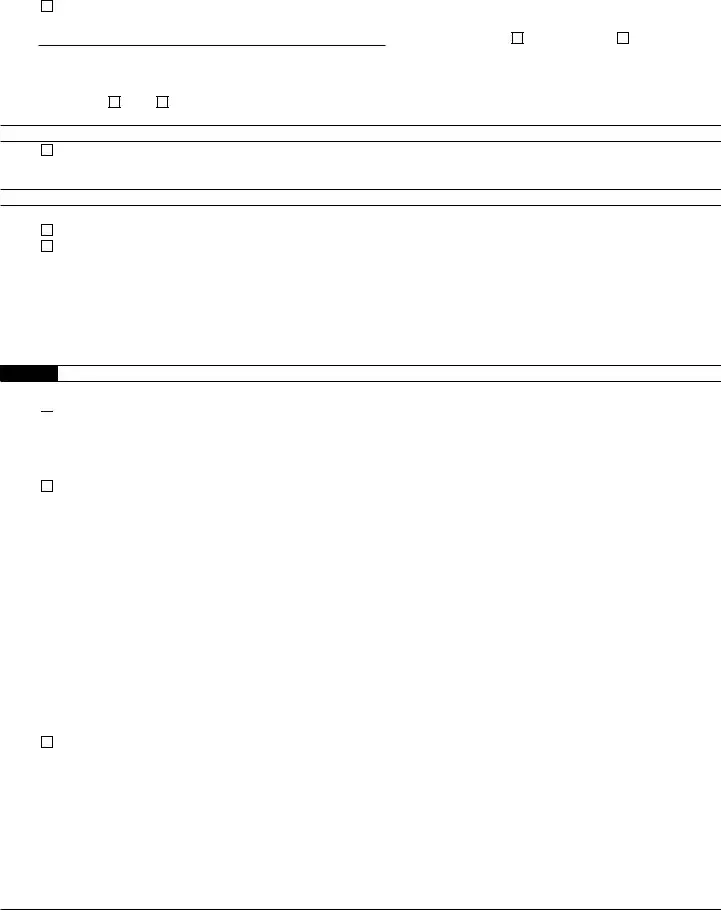





 I certify that:
I certify that:
 I certify that:
I certify that:
 I certify that:
I certify that:
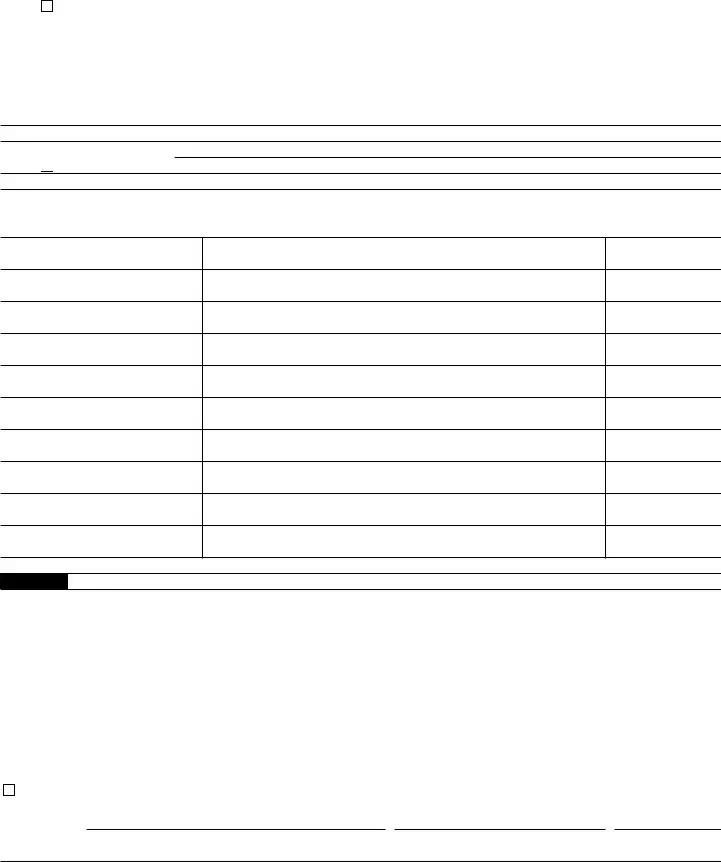

 I certify that the entity identified in Part I is a direct reporting NFFE that is sponsored by the entity identified on line 42.
I certify that the entity identified in Part I is a direct reporting NFFE that is sponsored by the entity identified on line 42.